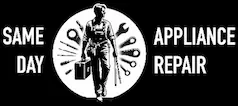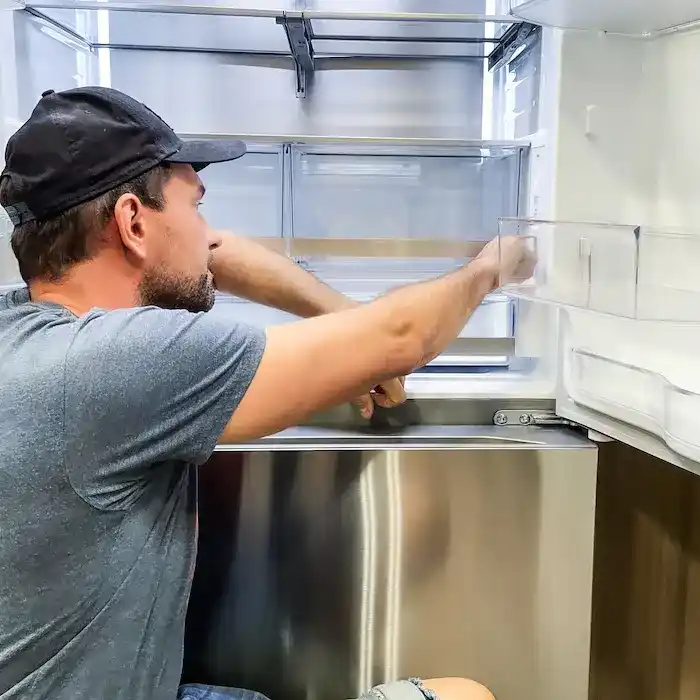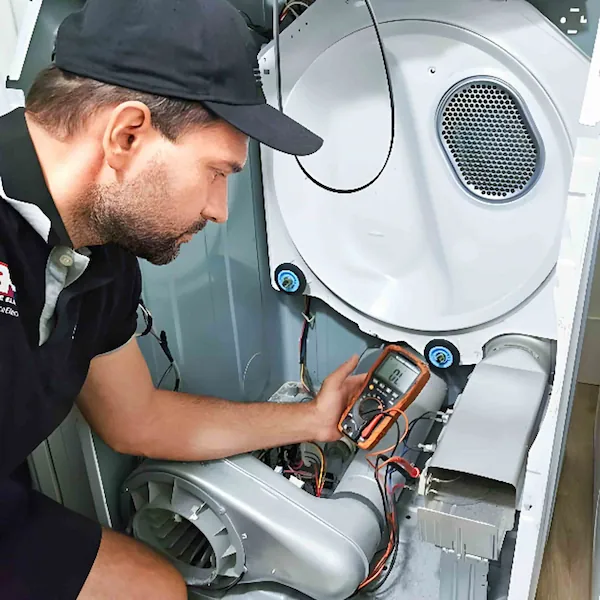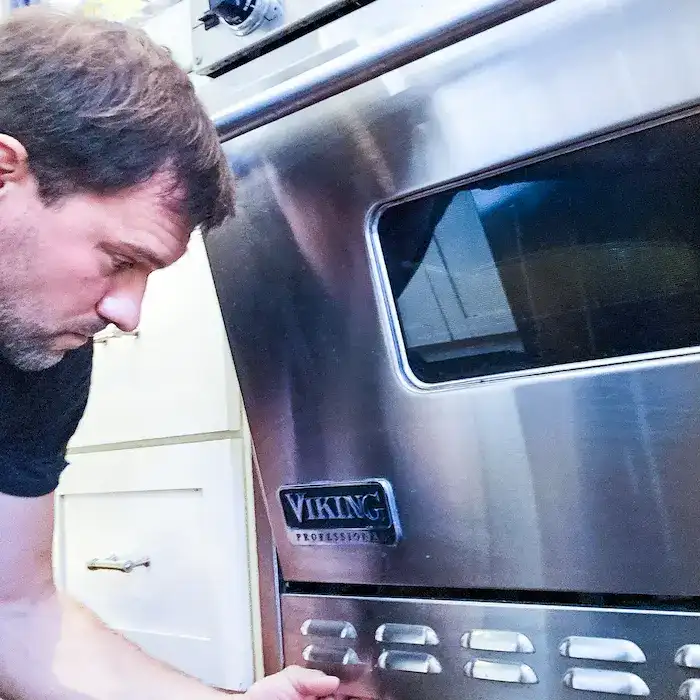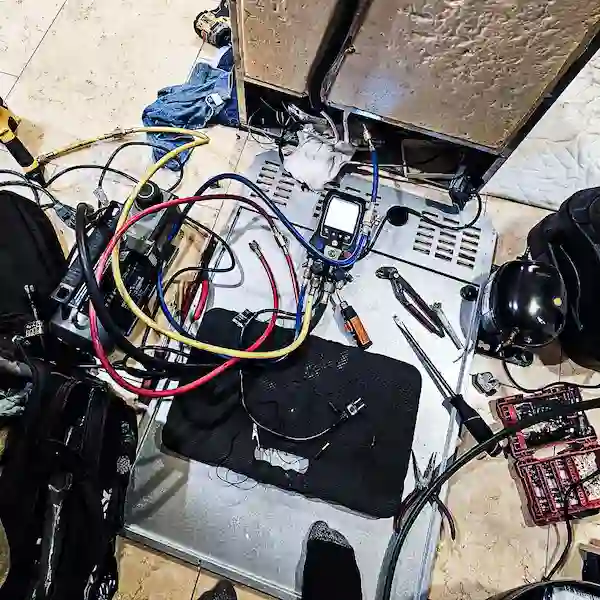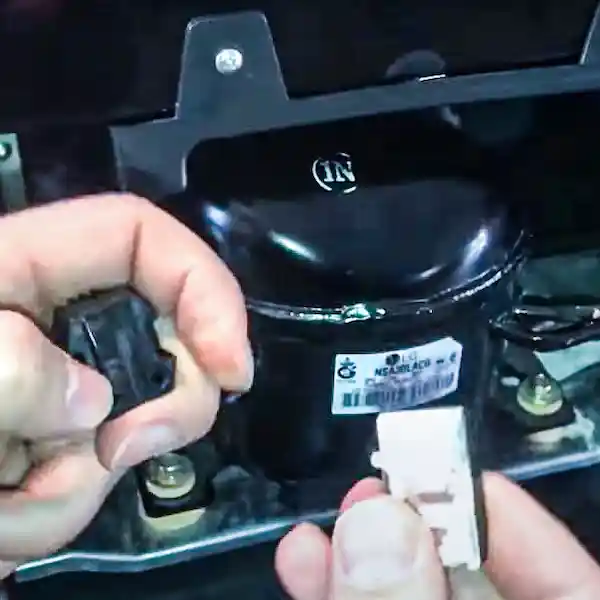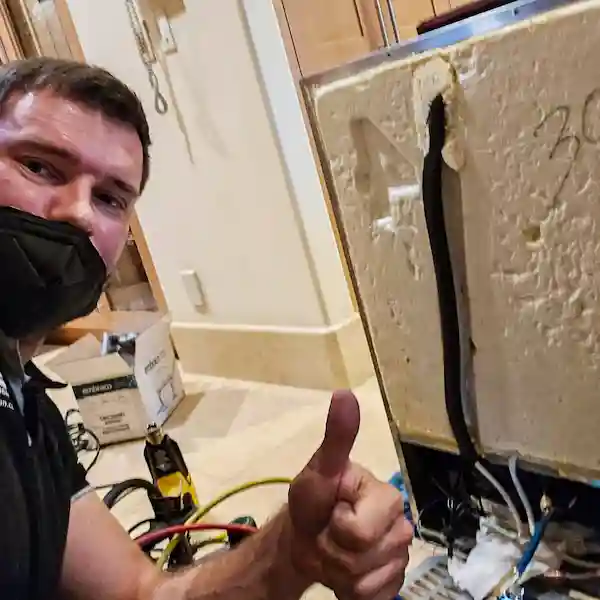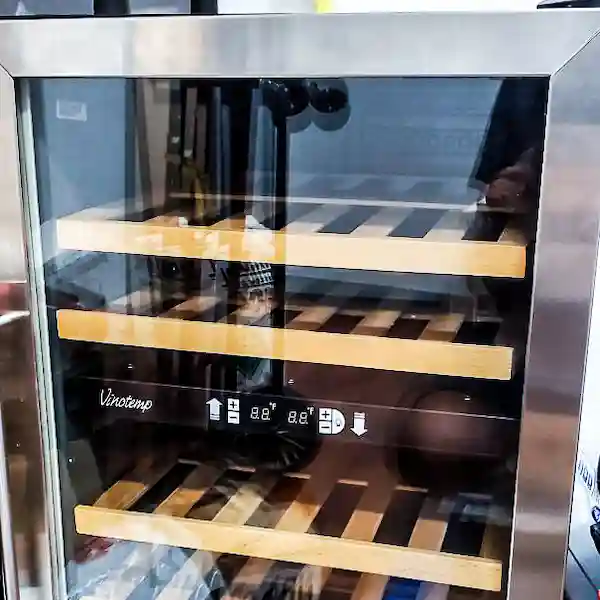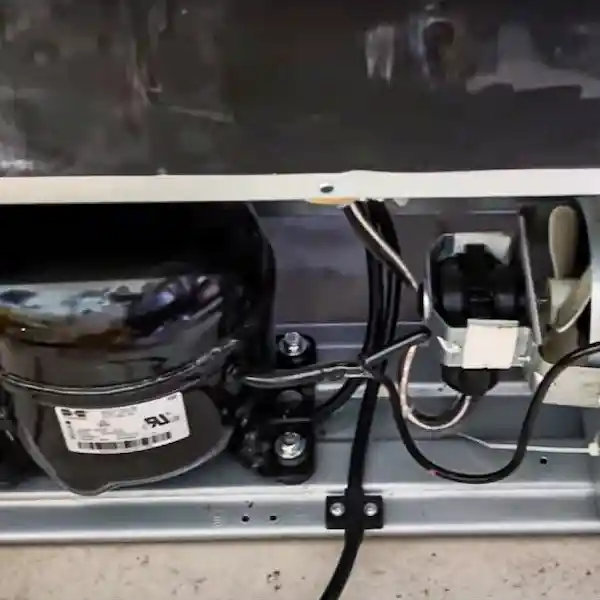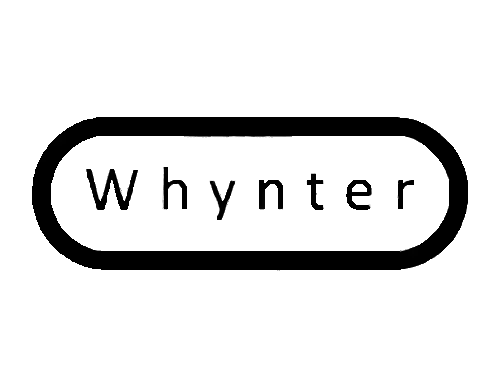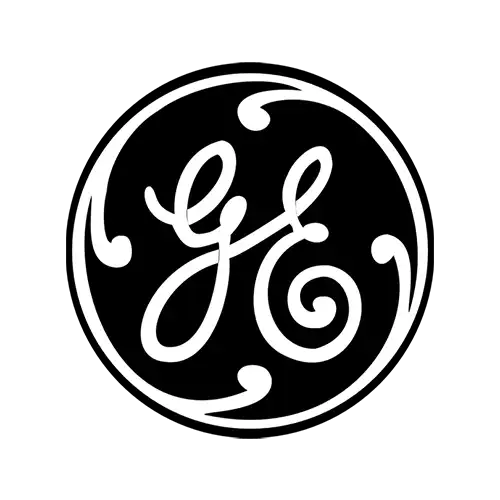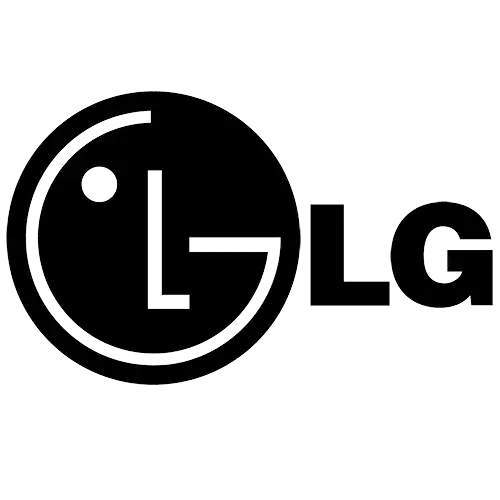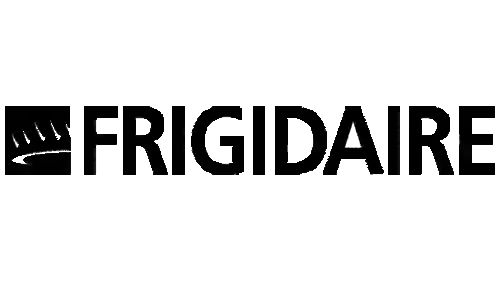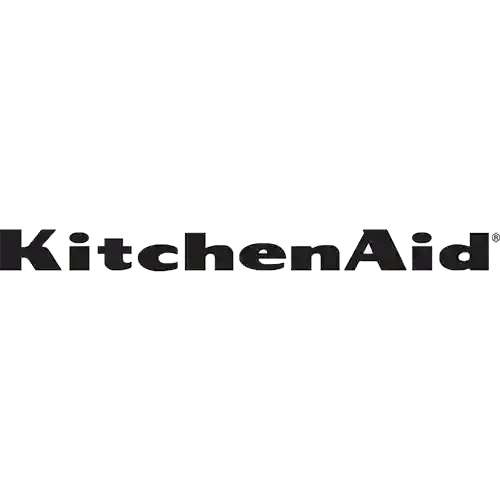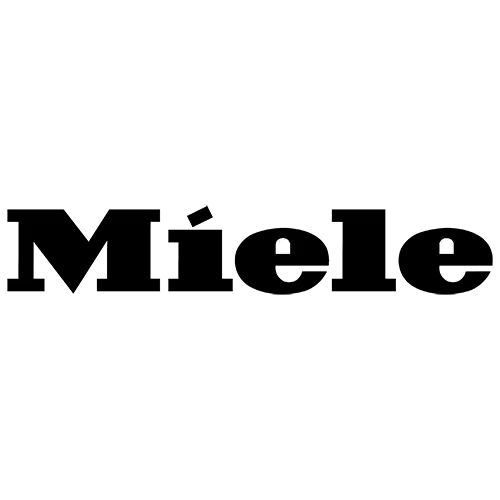Same Day Wine Cooler Repair Services in Los Angeles and Nearby Areas
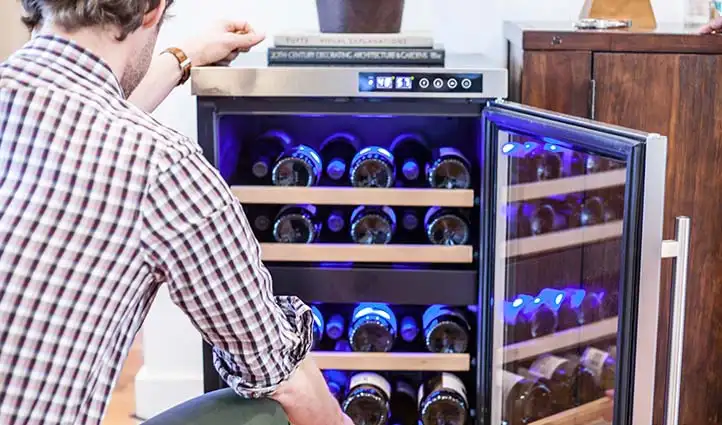
At Same Day Appliance Repair, we specialize in prompt and reliable wine cooler repair services throughout Los Angeles and the surrounding areas. A well-functioning wine cooler or wine fridge is essential for wine connoisseurs who want to preserve their collection at the perfect temperature. Our factory-trained service technicians are skilled in diagnosing and repairing issues quickly, ensuring your unit maintains optimal cooling and protecting your valuable wines.
Whether you own a thermoelectric wine cooler, a compressor-based wine refrigerator, or any other type of wine cooler, our team can handle repairs across all models and major brands. We address common problems like compressor system failures, broken evaporators, faulty thermostats, and malfunctioning control boards. Contact us today to schedule fast, dependable service for your wine cooler and keep your wines stored in ideal conditions.
